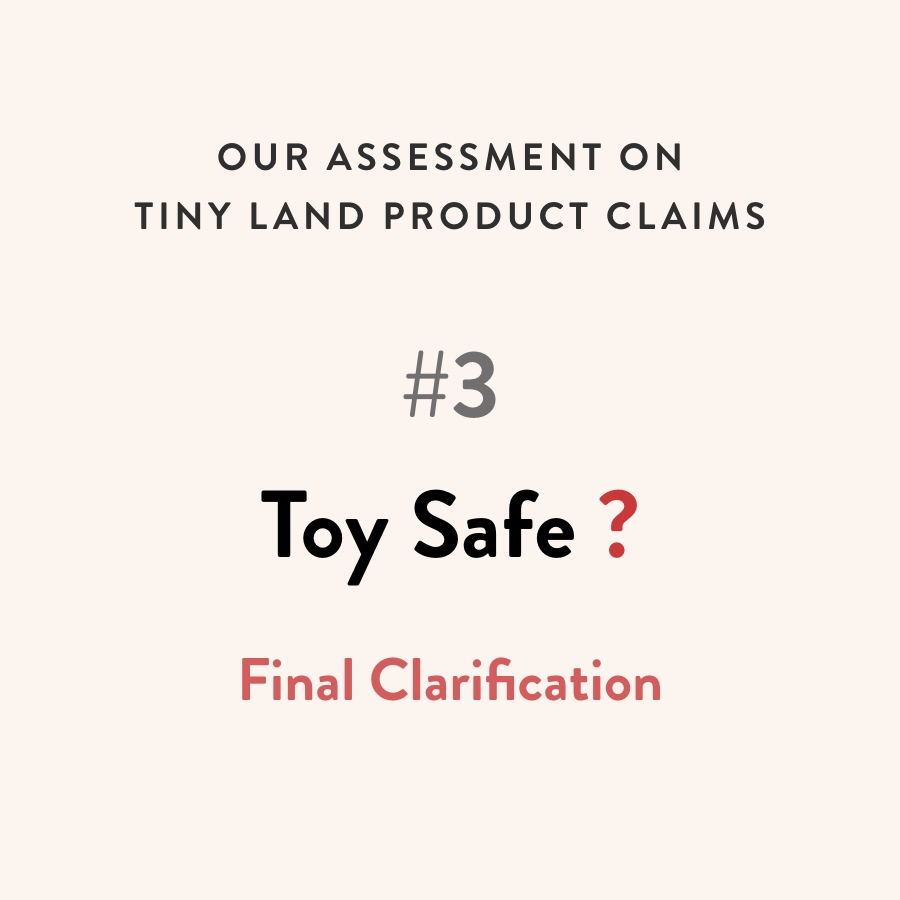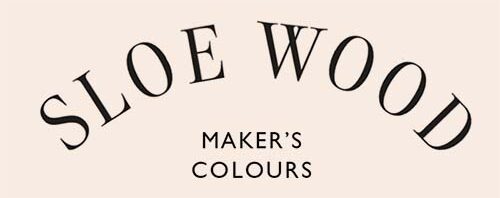#3 Toy Safe ?

This is the most misunderstood part. If you’re a toy maker, please read carefully, hopefully this should clear up any confusion for you!
There are distinctions to make between the requirements for the seller of ‘paint, coatings, stain etc’ and the requirements for the seller of the final toy.
These are different and where the main confusion comes from, so please keep this in mind.
There are companies manufacturing EN71-3 compliant tints/colourants for toy making.
They DO NOT market and sell these colourants to the PUBLIC even if every batch is tested for EN71-3. They only sell them to businesses.
It is because the responsibility for B2B is limited with direct terms between them, but if you’re directly selling to the PUBLIC, you have MUCH higher responsibility.
For toy makers, these tints are usually sold together with a top coating system (normally as B2B transaction), that when used together, the final toy is compliant and safe.
ONLY when the product can be used on its own for the toy (ie. final finish), is it suitable to be sold as ‘toy safe’ to the public on its own, for example, paint (colour tints with an integral binder) that when dry become compliant as a final coating.
Compared to this, Tiny Land stain is a dispersed colourant in water, with no binder and does not act as a final coating. Most companies will not sell these as ‘toy safe’ or even with ‘EN71’ to the public.
Moreover, to sell these chemicals for EN71-3, the compounds need to be tested regularly, preferably each batch.
Food colourings are NOT tested for EN71-3 by the chemical manufacturers. So, accordingly, Tiny Land should conduct regular testing for their batches to make these claims, in terms of compliance. We haven’t received any of these documents even when we asked for them, so again, we’re not going to sell them as ‘toy safe’.
For the colourant manufacturers, when they sell to a business, they assume the business will take full responsibility in how to use it and what claims they make for the final product.
This doesn’t apply to selling to the public. If they sell these colourants directly to the public as ‘toy safe’, and a member of the public has any issues, the full liability rests with them as manufacturer, however the consumer uses them.
TO BE CLEAR:
The responsibility for the ‘toy safe’ claim entirely lies with Tiny Land, so if anything happens with our customers from the use of this dye, all liability will be directed to them.
Let’s just say, a child with allergy to one of these food colourings happens to suck on the toy made by a granpa who bought the stain from us, and it happens it wasn’t sealed well and causes a bad reaction, and there was no disclosure of the E numbers and health warning, Tiny Land will be entirely liable for the damage as a manufacturer, not us. (A reminder: they’re often completely banned for under 3, allowed in the UK but banned in the US etc. A food allergy involves an immune system reaction that can be serious. )
The risk factor here is the same as the risk from finger paint (the dye does not dry to form a coating, but runs when it’s wet again). (See new children’s safety article: https://sloewood.com/2024/02/10/safe-for-kids/)
Tiny Land will be more protected if we do not continue selling them as ‘toy safe’ to public. Especially the potential for allergy should be taken seriously (A food allergy involves an immune system reaction that can be serious.)
With the information we published, toy makers are better prepared and informed so they can avoid any issues arising from any oversight.
We are also toy makers. It’s essential for us to know these things about all the finishes we use. If we bought this stain and found out the supplier did not disclose these crucial risk factors, we would be really pissed.
We will not sell them as ‘toy safe’ to our customers (‘PUBLIC’).
We DO NOT want a member of the public who bought them to think it’s guaranteed to be toy safe on its own. When you sell to the public, you sell to everyone – teenagers, seniors etc who’re not prepared to make the final safe finishing. That is irresponsible.
That is the entire point of our article.
Why would you rather not know this if you’re a toy maker?
My assumption is that all toy makers would like to know this info and it should be part of their safety assessment.
